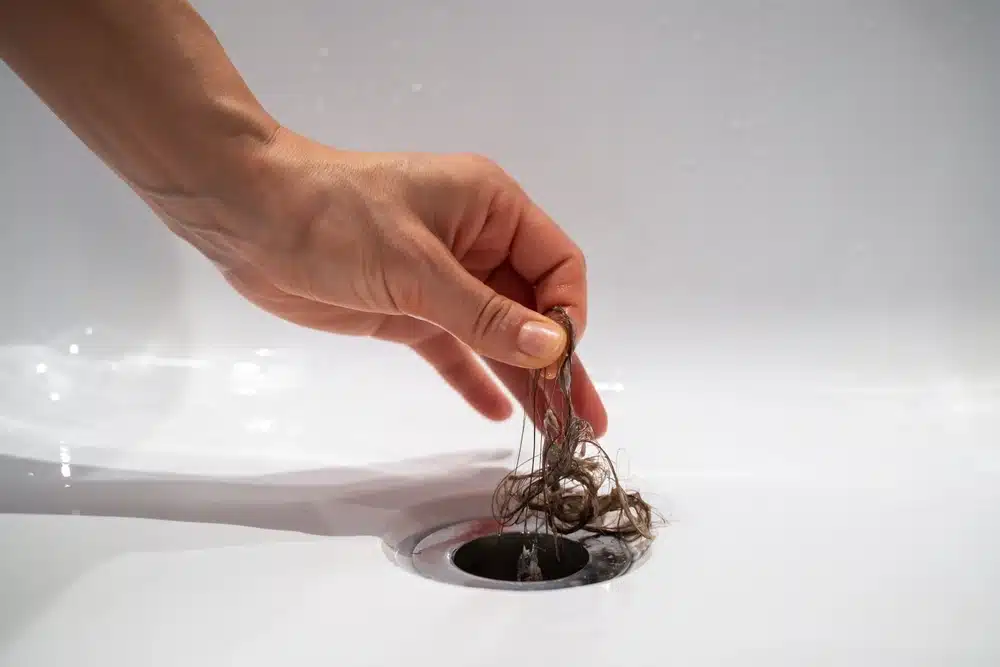Traction alopecia is a type of hair loss that is caused by anything that pulls repeatedly at the scalp. Typically, this will be things like tight hairstyles, such as tight ponytails, tight braids, cornrows, weaves, or even repeated use of rollers to set the hair.
Although the development of traction alopecia can take years, it’s something you should be keeping in mind while you’re styling your hair. If you’re losing a lot of hair when changing styles, you might want to take some preventative measures.
How do I know if I have traction alopecia?
Because traction alopecia takes a long time to develop, you might miss the warning signs. If you think you’re at risk, you should look for small bumps, tenderness, any signs of crusting, or stinging of the scalp.
The most common places to look for warning signs of traction alopecia are around the temples, as well as along the hairline. Look for thin, short, broken hairs and bald spots.
How do you treat traction alopecia?
In order to prevent traction alopecia, you should avoid having tight hairstyles. If you have caught it early enough, the hair will simply grow back.
If you have had ongoing traction alopecia for some time, it can be hard to treat. This is because the traction alopecia will cause scarring of the scalp, and therefore the permanent loss of hair.
How can I prevent traction alopecia?
The most effective way to prevent traction alopecia is to avoid hairstyles that are too tight. Loose ponytails and buns are the least taxing on your hair, and will prevent any damage being done to the scalp.
If you do want to have braids, cornrows or dreadlocks, make sure that they are loose. If they are too tight, you will be increasing your risk of hair loss later down the line. If you find that you are in pain while your hair is being styled, ask the stylist to stop and redo it, but looser. If you’re in pain, then scalp damage is almost definitely occurring.
Make sure that you do not leave your hair too styled for too long. If you have braids, you should only be leaving them in for 2-3 weeks. Changing your hairstyle often can lessen the risk of traction alopecia.
By taking these simple, precautionary measures, you can prevent the risk of traction alopecia setting in.


